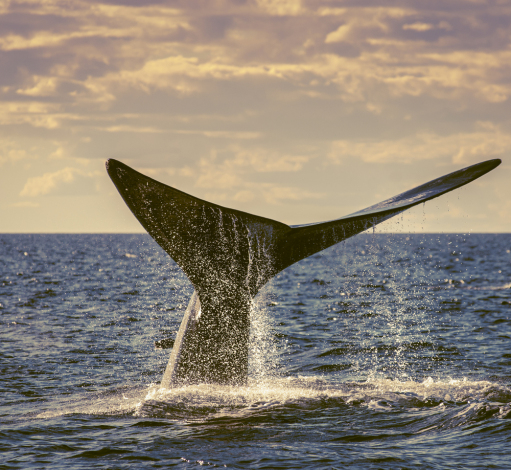
By: David Torres
Greenpeace is a well-known organization that focuses on peaceful environmental activism. It was established in the early seventies and hasn’t stopped advocating for the protection of the Earth and its natural resources.
Greenpeace is one of the largest and oldest groups created to fight the expansion of invasive companies and governments from endangering the environment and wildlife. In this article, we will go over the history, values, and structure of Greenpeace.
Their History
In 1969, America constructed a nuclear testing facility on one of the islands off of Alaska. This facility would test new nuclear bombs in the new underground base.
The locals and many environmentalists worried that the explosions would be harmful for the safety of the wildlife and human life that live near the testing site. The concerns grew as the facility was nearing its first bombing test.
Before the government conducted the testing, a group of environmentalists from California got on a boat to Alaska to protest in person. These protesters would later become the founding group of Greenpeace.
In 1971, the group formally known as “Don’t Make A Wave Committee” launched its maiden voyage, and in 1972 the organization changed its name to Greenpeace. What started out as a single-issue protest turned into a global movement for the environment.
Their Values
Greenpeace holds the peaceful protection of nature in the highest regard. Their core values reflect that philosophy with several key points;
Personal responsibility and nonviolence. They take action based on conscience. This means Greenpeace holds itself accountable for their own actions and take personal responsibility. They are committed to peacefulness and train everyone working at Greenpeace in nonviolence.
Independence. Greenpeace does not accept money from governments, corporations, or political parties. Their only source of funding comes from individual contributions and grants from foundations.
Greenpeace has no permanent friends or foes. If governments or companies are willing to change, Greenpeace will work with them to achieve their aims. What matters to them isn’t words, but actions.
Promoting solutions. They are not interested in only pointing the finger and blame; they develop, research, and promote concrete steps towards a green and peaceful future for everyone.
Their Locations
Greenpeace consists of 27 independent national or regional organizations in over 55 countries. They work directly with communities on the frontline as they protect the environments they call home.
Their international headquarters is located in Amsterdam, but they have independent offices in several major countries such as Canada, Brazil, Australia, Germany, South Africa, and many more.
Their Structure
The environmental organization is dedicated to maintaining independence from governments and large corporations. So Greenpeace is structured in a way that allows for a global network of independent national and regional groups.
This means that the Greenpeace group in Norway is working on local problems that will be different than the problems that the Greenpeace in Mexico are trying to solve.
The one connecting line to all the other organizations is Greenpeace International. They facilitate long-term global campaign programs at a strategic level and provide fundraising, HR, training, scientific and legal support to the independent Greenpeace organizations.
Greenpeace International is also responsible for developing Greenpeace presences in new priority regions, monitoring the independent organizations’ strategic and financial performance, as well as operating the Greenpeace fleet.
For nearly 50 years, Greenpeace has been sailing the world’s oceans, protecting the planet. They have 8 ships all around the world that are fighting for environmental justice. Their most famous ship is the Rainbow warrior.
Their Ships are fundamental in many of their campaigns; from obstructing nuclear tests in the Pacific to stopping shiploads of illegal timber leaving the Amazon. They also use their ships to bring humanitarian relief to communities devastated by extreme weather as well as document the amount of plastics in the oceans.
Their Future
The environmental organization plans to continue its fundamental goal of protecting the planet in all its diversity and promote peace and non-violence for years to come. Greenpeace International will focus its efforts to help support local activism that aligns with their mission.
Greenpeace is committed to changing the mindset about the environment as it hopes to gain more support from individuals and foundations around the globe.
For more information on Greenpeace you can visit their website: https://www.greenpeace.org/
